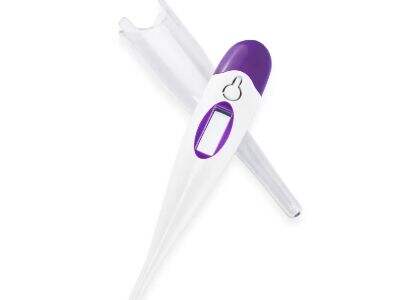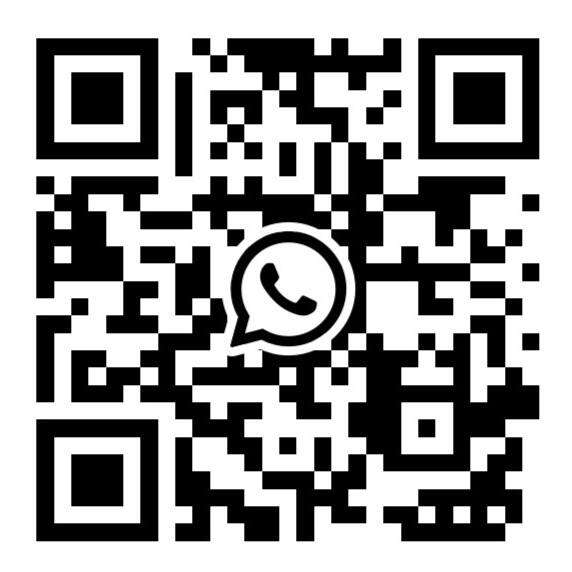Digital thermometers are nifty devices that help us to measure our body temperature with precision. We know how important it is to calibrate for an accurate reading in temperature to make sure our thermometers read accurately. Calibration is to your thermometer what a check-up is to your thermometer, ie ensuring that it performs properly and always gives an accurate reading In this step-by-step guide we’re going to show you exactly how you can calibrate your digital thermometer, provide practical tips and tricks for how to ensure it is working properly, and help you diagnose when your thermometer must be recalibrated, as well as show you the benefits of regularly having your thermometer calibrated for accurate readings.
How to Calibrate a Digital Thermometer: How to calibrate a digital thermometer for accurate readings
In order to calibrate your digital thermometer, you could use two containers, one of ice water principle, and the other of boiling water. Here's how you can do it:
Put ice cubes in a glass and fill with water to the top. The mix should be nice and evenly cold; mix it good.
Submerge your digital thermometer's sensor into the glass of ice water, avoiding the sides of the glass or the bottom, and wait to see what it reads.
Wait a few minutes for the thermometer to settle and display a steady temperature. There are a couple of requirements: It needs to be near 32 degrees Fahrenheit (0 degrees Celsius). If it is not, you'll have to calibrate the thermometer.
To calibrate a thermometer, you will need to locate a calibration screw or nut on the back of the thermometer. Use a tiny instrument – like a screwdriver – to gently twist it until the thermometer reflects the proper reading (32 degrees Fahrenheit).
When the thermometer reports the same temperature as the ice water, you can try the same procedure with boiling water. In a pot of water bring to a boil. Put the thermometer into the boiling water and ensure that the sensor is completely covered.
The thermometer should now show around 212F (100C). If it doesn't, you'll either have to calibrate it with the calibration screw or button until it reaches the correct temperature.
You’ve now calibrated your thermometer in both ice water and boiling water and it should be providing you with accurate and correct readings.
Tips and tricks to make sure your thermometer is working correctly
Here are some tips and tricks you can follow to make sure your thermometer is functioning properly:
Read the User ManualFollow the instructions included in the user manual to know how your thermometer works and how to calibrate it.
Keep your thermometer clean by washing it with soap and water after each use. Dry with a soft cloth before using.
Keep your thermometer in a cool, dry place free from high temperatures or direct sunlight.
Regularly verify that your thermometer is accurate, by calibrating it with ice water and boiling water.
If your thermometer is calibrated at the time of purchase, use the built-in calibration feature to adjust it when necessary.
How to tell when your thermometer needs to be recalibrated
It is important to know when your digital thermometer needs to be recalibrated to ensure accurate temperature readings. Below are some indicators that your thermometer may need to be recalibrated:
Your thermometer provides inconsistent or erratic readings.
The temperature is obviously not what you would expect/compared to other thermometers.
You may have dropped or treated your thermometer roughly, damaging its accuracy.
It's been forever since you've calibrated your thermometer or you use it a lot.
If you see any of these warnings, you need to reset your thermometer to keep it accurate and dependable.
The importance of calibrating your digital thermometer frequently to ensure that it gives you an accurate reading
There are a few reasons why you’d want to calibrate your digital thermometer; some of the benefits of doing so include:
For food safety, Medical, and everyday use.
Prolongs thermometer usage to save cost.
Gaining trust and confidence in the reliability and accuracy of your thermometer.
Avoid potential costly mistakes/err in the test readings not caused by inaccurate temperature measurement.
Table of Contents
- How to Calibrate a Digital Thermometer: How to calibrate a digital thermometer for accurate readings
- Tips and tricks to make sure your thermometer is working correctly
- How to tell when your thermometer needs to be recalibrated
- The importance of calibrating your digital thermometer frequently to ensure that it gives you an accurate reading








